Jonathan Frakes returns to direct his second episode Star Trek: Discovery’s second season, as Burnham and Spock confront one another, Admiral Cornwell confronts Section 31, and Lt. Airiam confronts, well… everyone.
“Project Daedalus” opens with Admiral Cornwell (Jayne Brook) joining the fugitive Discovery on a two-pronged mission: interview Spock (Ethan Peck) for herself, and travel to Section 31 headquarters to understand why her command codes are being rejected by Control — the artificial intelligence which forms the backbone of Section 31’s operations.
After administering a lie detector test to Spock with what appeared to be a lottery ball hopper crossed with a dom-jot table, Cornwell consults with Captain Pike (Anson Mount), Commander Burnham (Sonequa Martin-Green), and Commander Saru (Doug Jones), concluding that Section 31 has framed Spock for murder by replacing the actual footage of Spock’s escape with a recording of holograms.
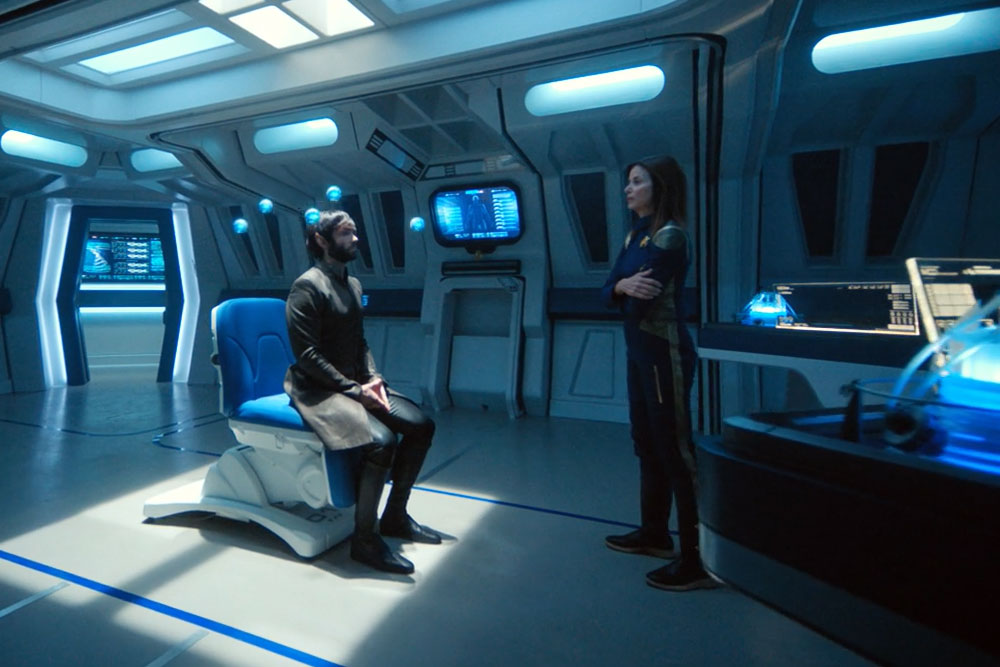
I’m a little shaky on how exactly this works given that per Cornwell, the footage came directly from the detention facility on Starbase 5 and was not altered in any way. Does this mean someone set up holo-emitters in Spock’s cell and recorded the footage that way? That seems more complicated than necessary.
As Discovery travels to Section 31 Headquarters, Ensign Tilly (Mary Wiseman) and Lt. Commander Airiam (Hannah Cheesman) continue to work on decrypting the unauthorized transmission — presumably sent by Ash Tyler (Shazad Latif, not seen this week) — to Section 31 in “If Memory Serves.”
With red flash in her eyes, Airiam flips back and forth between her usual self and someone who’s been unknowingly commandeered by a probe from the 28th century. Airiam doesn’t remember the actions of her commandeered self, and watching her grow increasingly unsure of herself throughout the episode is heartbreaking.
Memories are a constant in her life — she records everything she experiences and has to periodically archive or delete memories to make room for new ones — and seem to be her most prized possession.
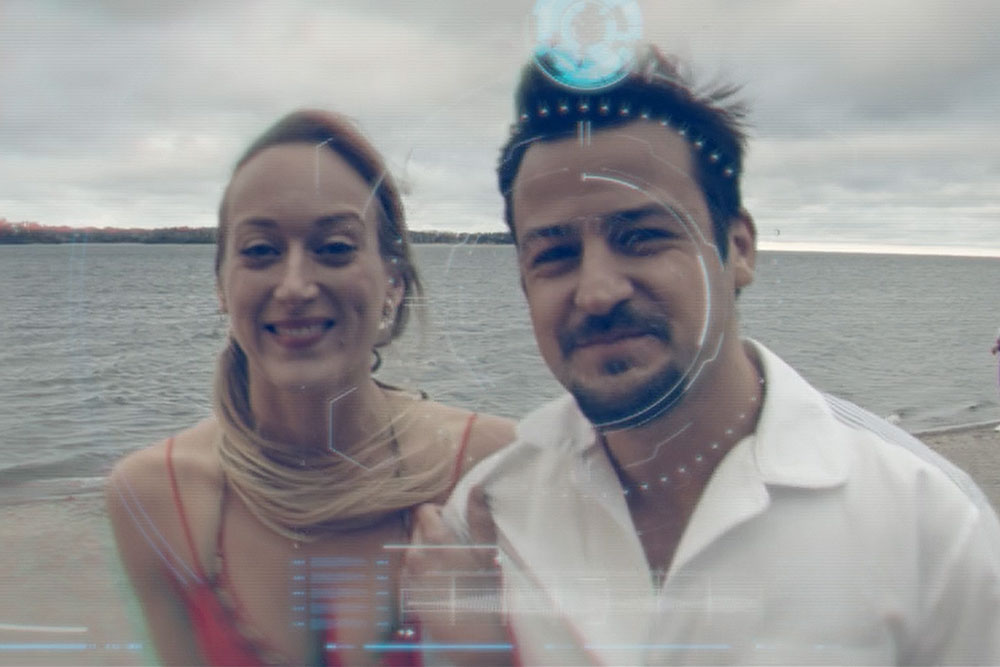
Airiam is a character I’ve been dying to know more about since she first appeared last season, and even more so as she’s become more prominent over the last few episodes.
Several comments on Twitter from the Discovery team, including makeup designer Neville Page and actress Hannah Cheesman herself, have noted that Airiam is at least partially human, while a comment on an episode of the defunct After Treks indicated that she was an alien of some sort — clearly, her origins weren’t a focus during last season’s production.
I am an augmented human!!
— Hannah Cheesman (@HannahCheesman) February 21, 2019
“Project Daedalus” finally gives us our first onscreen confirmation that Page’s tweet was correct: Airiam is a human who was cybernetically augmented after a tragic shuttle accident which claimed the life of her husband. (We also get a glimpse of Cheesman sans makeup, in the flashback to the video call from the beach.)
My curiosity hasn’t been completely satisfied — the timeline of cybernetics and robotics development in Star Trek is still murky to me — but I’m glad the subject has finally been broached.
We also learn that this entire time Airiam has been best friends with both Tilly and Lieutenant Detmer (Emily Coutts), though up to now their friendship has taken place entirely off camera. Given that the climax of the episode hinges on the depth of the friendship between Tilly and Airiam, it would have been much more effective if their friendship had been slowly built over the course of the series.

Discovery’s pacing doesn’t exactly lend itself to the Tilly/Airiam version of Geordi and Data’s friendship B-stories playing Sherlock Holmes together, but a few throwaway lines sprinkled throughout the series about Tilly and Airiam making plans would have been welcome.
The lack of buildup between Tilly, Airiam, and Detmer is reminiscent of the intense bond between Saru and Burnham that suddenly existed in “An Obol for Charon,” willed into existence seemingly because the plot dictated it. At this point in the series, I think Discovery is starting to butt up against the demands of its major storylines.
Far dramatic purposes, we need plots to impact the relationships between characters, but in many cases the show hasn’t had the time or space to develop those relationships. Instead they appear, fully formed, only when they intersect with the larger story.
At some point, I’d like to see Discovery spend more time on the small moments of these characters’ lives; they can’t always be saving all life in the galaxy…

In an episode that contains life-or-death combat, a trip through a minefield, and the sacrifice of a crewmember, the most intense scene was a chess match.
This isn’t to disparage the other sequences, but to underline just how good Spock’s confrontation with Burnham is. The game of three-dimensional chess suggested by Burnham quickly escalates from an uninterested Spock clearly not playing to win, to a shouting match between two people who avoid their emotions in very different ways.
Spock’s candor with Burnham slices deep, and Ethan Peck’s performance has the same fire to it that we see from Leonard Nimoy’s unrestrained Spock in “All Our Yesterdays.” Spock hits especially hard when he accuses Burnham of insisting on shouldering others’ burdens as a way to assuage her guilt over causing her parents’ deaths.
The moment is cut short when Burnham and Spock are called to the bridge. Discovery has arrived at the former prison that Section 31 uses for its headquarters and is greeted by a massive and very un-Starfleet minefield. Discovery weaves its way through the mines, barely escaping destruction in a scene that I think was supposed to be exciting, but for me was just LOUD.
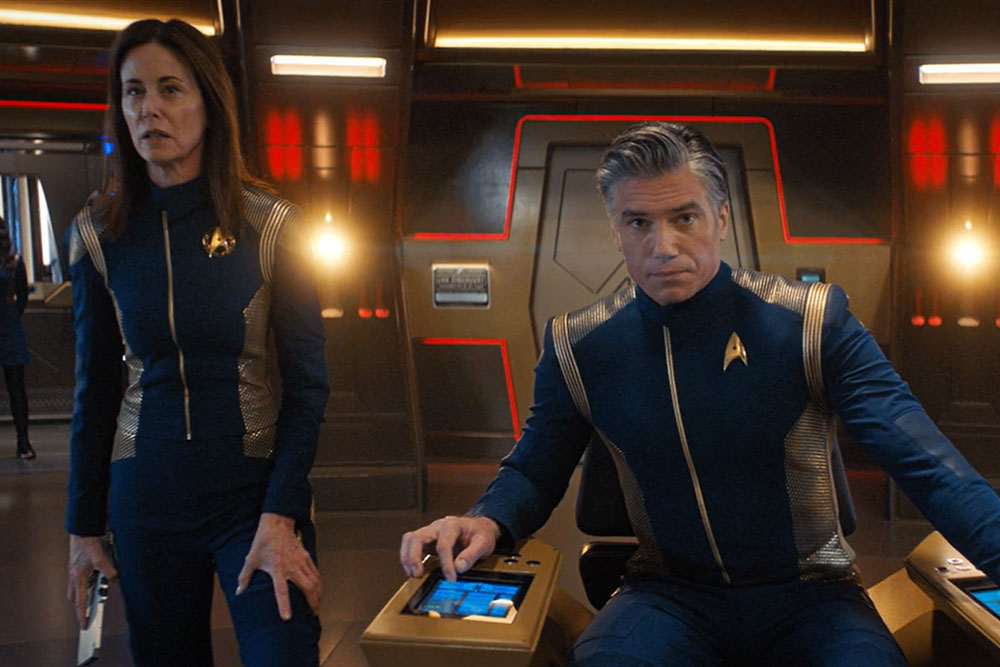
The mines whip around sounding like a dubstep track whose bass is about to drop but never quite does, and while the sound effects in “Project Daedalus” are fine — they’re not muddy or incoherent — they’re just layered on way too thick.
Hand phasers constantly power up and down, Airiam’s every move and gesture generate a deep whomp, Lt. Commander Stamets’ (Anthony Rapp) diagnostic tools chime loudly every few seconds, and Cornwell’s lie detector beeps so frequently that it seems to be testing the veracity of every individual word Spock speaks. I’m sorry “Project Daedalus,” you’re just too darn loud.
But back to the story. After Discovery makes it through the minefield, Admiral Patar (Tara Nicodemo), previously identified as a logic extremist, hails the ship and announces that everyone aboard are committing treason for harboring the fugitive Spock.
Before anyone can get too worried though, Petar is identified as the same type of hologram as the homicidal Spock. Airiam, Burnham, and Commander Nhan (Rachael Ancheril) beam over to the prison and find that life support is down and everyone aboard — including the real Admiral Petar, who appeared to Leland (Alan Van Sprang) and Georgiou (Michelle Yeoh) just last week — has been dead for weeks.
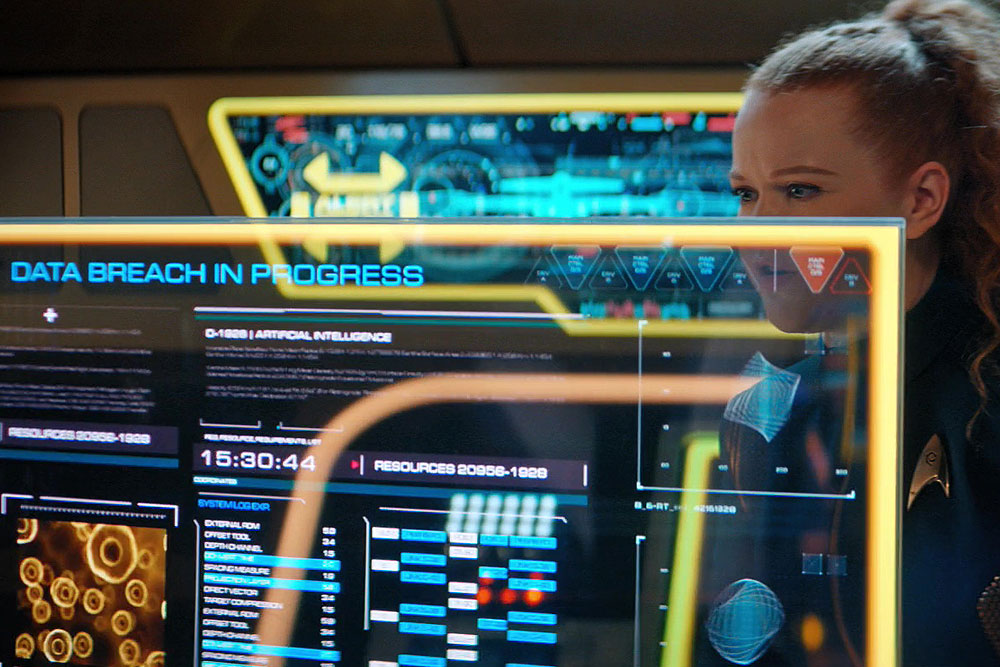
Airiam, again being controlled by the probe, finally has the opportunity to complete the probe’s mission: transferring to Control all the data on artificial intelligence collected by the mysterious sphere the Discovery countered in “An Obol for Charon.” Control desires — or requires — sentience, and it’s unclear who’s driving whom.
The probe probably derives from an evolved form of Control, which means that Control must evolve for the probe to exist. But the probe must exist to compel Airiam to give Control the data it needs in order to evolve. Ah, it’s our good friend the time paradox!
Burnham manages to trap Airiam in an airlock and Tilly, from Discovery’s bridge, is able to temporarily break through the probe’s control over Airiam. In a moving gesture of self-sacrifice, Airiam insists that Burnham blow her out the airlock before the probe forces her to complete the data transfer.
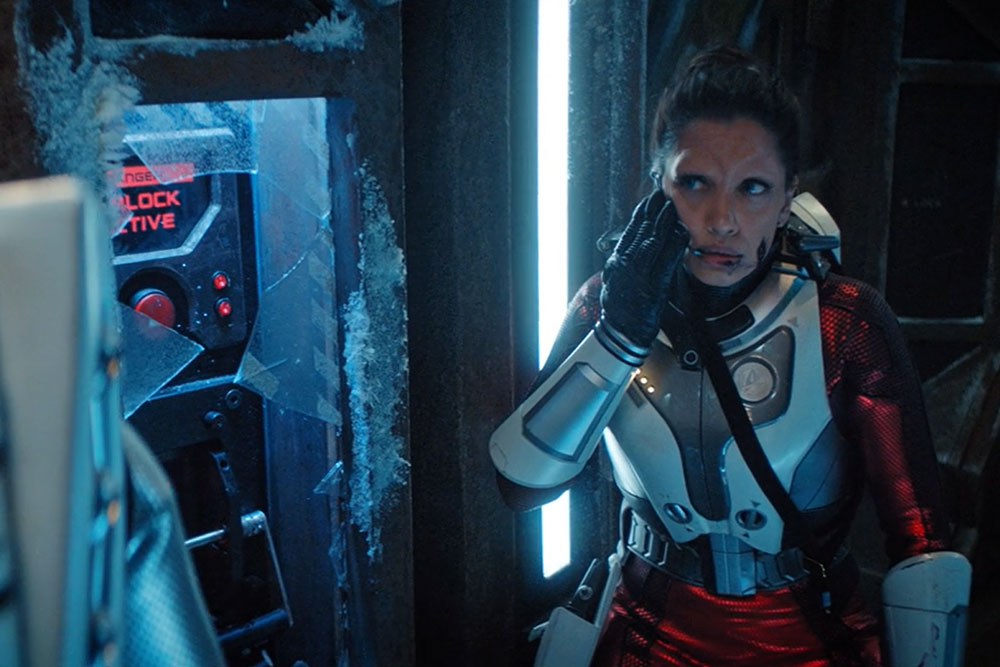
In her last moments before being blown out the airlock, Airiam tells Burnham that she — Michael Burnham — is at the center of everything and pleads with her to “find Project Daedalus.” Despite being the title of the episode, this is the first we hear of Project Daedalus, and the episode spends no additional time on the mystery.
Daedalus is, of course, a significant figure in Greek myth. Though he probably has less name recognition than his foolhardy son Icarus, Daedalus is the creator of the wax wings that carried both to freedom from captivity, and Icarus too close to the sun and eventually to his death.
(It also may refer to the mid-1970s’ British study of interstellar travel of the same name.)
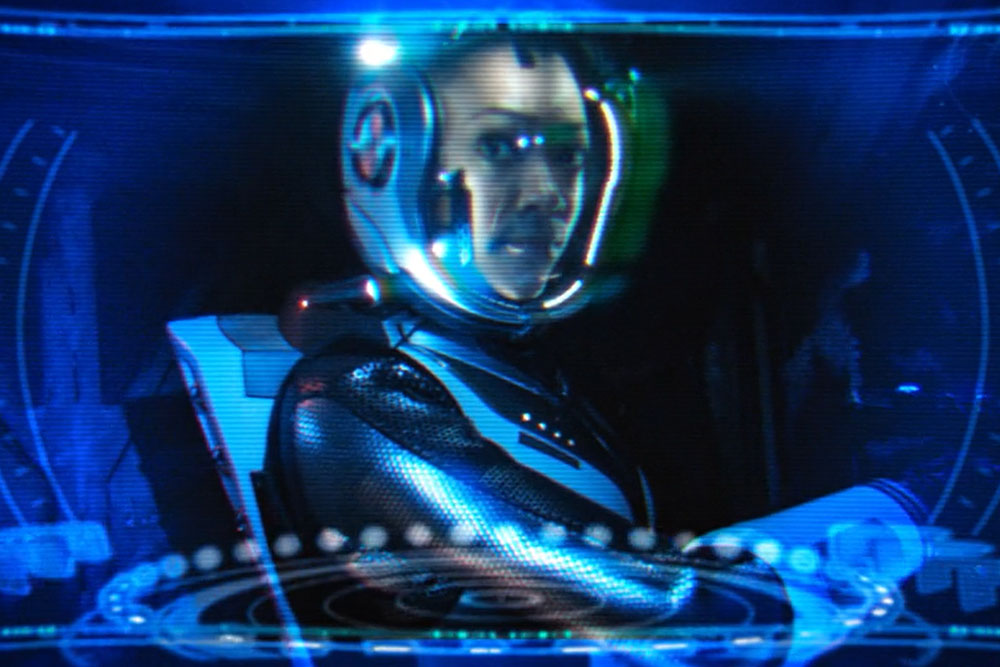
The obvious connection to draw between Daedalus and Discovery’s storyline is with the winged Red Angel, but it would also make sense that Project Daedalus refers to Control’s transition from an inanimate tool into a sentient being with agency and awareness. Is the allusion to Daedalus’ eventual freedom or to the suit of wings he constructed to gain it, or both?
Finally, I’m surprised Discovery continues to (try to) use its spore drive, as Stamets works to sort out the duotronic corruption Airiam surreptitiously introduced into the engineering systems last week.
After the May storyline, I was sure Discovery had effectively written the spore drive out of the show, something it needs to do eventually to fit with the technology we see in the future — but we’ve still got 5 episodes left this season, perhaps that’s still to come.
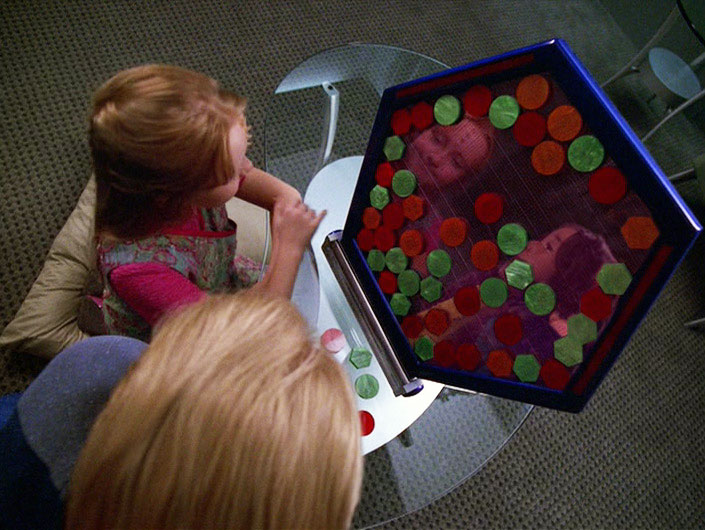
A few stray observations we picked up on subspace:
- This episode is the first Discovery script by Michelle Paradise, who will be joining Alex Kurtzman as co-showrunner as the show moves into Season 3.
- Director Jonathan Frakes opens the episode with another of what has become a signature of Discovery’s second season, a twisting, inverted camera move as Corwell disembarks her shuttle.
- Airiam appears to have a statues of both the Hindu god Krisnha — who represents compassion, tenderness, and love in the Hindu faith — and Buddha in her quarters.
- Rather then a bed, Airiam’s quarters contain a pod for her to recline in; likely some way of maintaining her cybernetic systems similar to Borg regeneration.
- We see a flashback to the night Burnham’s parents were killed, as her younger self (Arista Ahrin) hid in a closet; the first we’ve glimpsed of the story Burnham told Tyler in “Will You Take My Hand?” last season.
- Starfleet’s spacesuits have built-in cameras, a logical extension of today’s technology for the 22nd century.
- I’m sure the next installment of “Canon Connections” will have much more to say on the topic, but yes, the kadis-kot Tilly, Detmer, and Airiam were such enthusiasts of is the same kadis-kot game we often saw being played aboard Voyager.
- “Project Daedalus” finally confirms that Nhan is indeed a Barzan, a species originally seen in The Next Generation’s “The Price.” We also learn what her facial appliances are for: it’s an implanted device that allows Barzans to breathe in the standard atmosphere aboard Starfleet ships. (They also appear to be bonded to her cheeks, as we see when Airiam rips ’em off — ouch!)
- We know Control likes using holograms to carry out its schemes; could the trouble with the Enterprise’s holocommunications system be related?
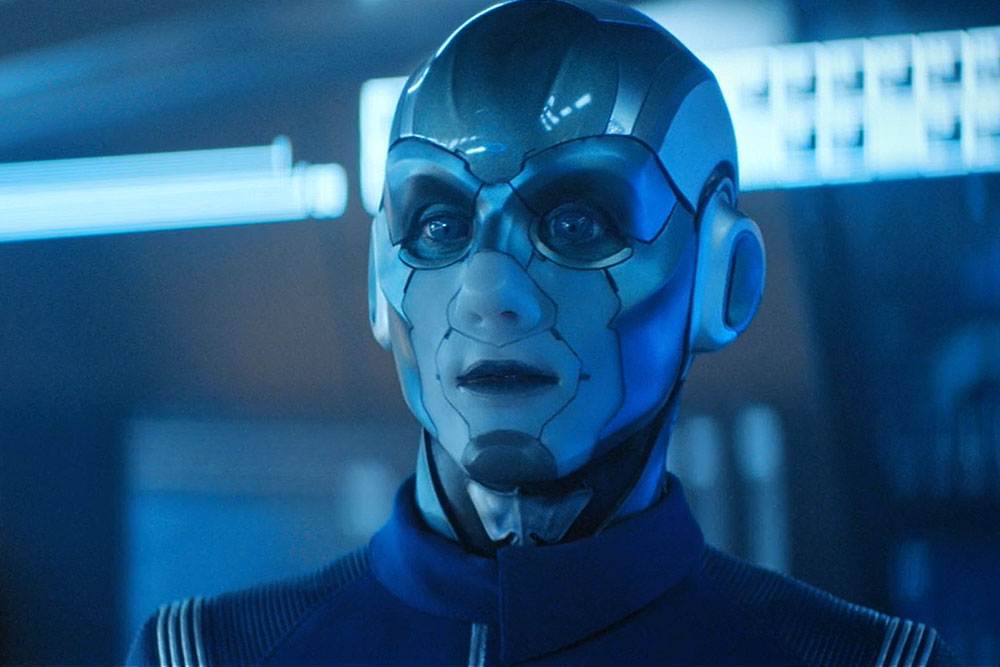
That’s it for “Project Daedalus,” now it’s time for your take on this week’s episode! Share your thoughts in the comments below, and then watch for more updates through next week as we approach “The Red Angel,” the next episode of Star Trek: Discovery.
